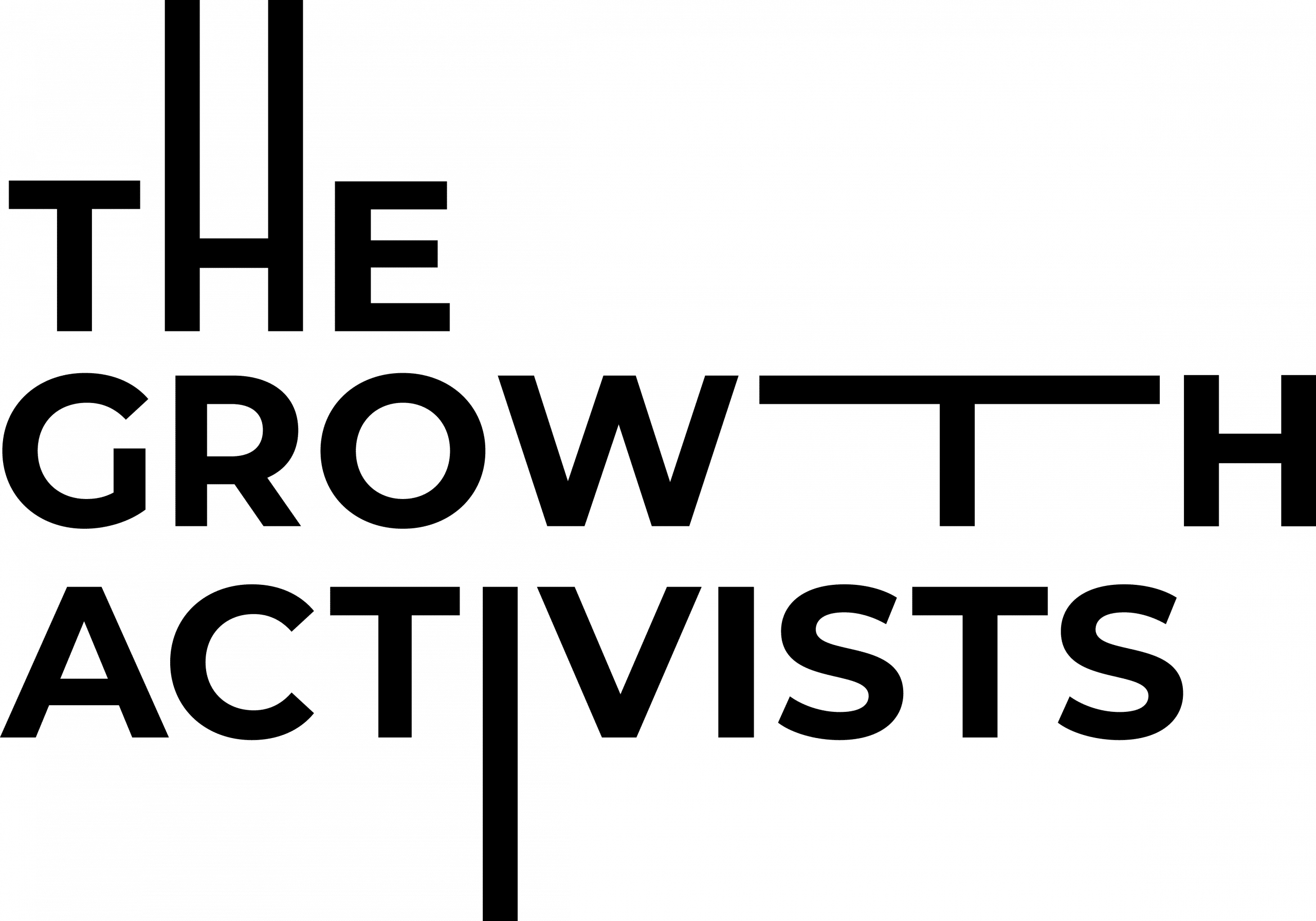Best-Practice Environmental Management: How to use ISO 14001 as a framework for transformation
As the global community grapples with the pressing challenges of climate change, sustainable business practices are no longer optional — they are essential.
The Australian government has responded to these challenges with new Climate Change legislation that places greater responsibility on businesses to minimise their environmental impact. The government is also currently developing new legislation to mandate climate-related financial disclosures by businesses.
As a result, the imperative for sustainable business practices has never been more pronounced, and Australian businesses are increasingly recognising the urgency of adopting environmentally responsible measures. And whilst the greatest pressure is being felt by large listed entities that will be the first to be affected by mandatory reporting, the small and medium businesses who work with them are also needing to prepare reliable and transparent data around their environmental impacts and improvement pathways. This will increasingly become a condition of being able to work with large organisations.
One pivotal strategy is the implementation of an Environmental Management System (EMS), with the ISO 14001 framework emerging as a guiding force.
This article explores the critical role of Environmental Management Systems in transforming business operations, and how aspiring and existing B Corps are using EMS’s to become more sustainable and environmentally conscious.
What is ISO 14001?
ISO 14001 acts as a compass for businesses navigating the complex landscape of environmental management. It was developed by the International Organisation for Standardisation (ISO) to provide a comprehensive framework for organisations to establish, implement, maintain, and continually improve an Environmental Management System.
In doing so, ISO 14001 provides a structured approach to ensuring compliance with existing regulations, and proactively identifying and mitigating environmental risks.
Through a robust EMS, organisations can not only meet emerging reporting requirements but also enhance their environmental performance and foster a culture of continual improvement.
The PDCA (Plan, Do, Check, Act) cycle embedded within ISO 14001 ensures a systematic approach to environmental management. The cycle consists of four clear action points:
- Plan (establishing objectives)
- Do (implementing processes)
- Check (monitoring and measuring)
- Act (continual improvement)
What are the benefits of using the ISO 14001 framework?
Environmental Impact: By implementing an EMS, businesses can systematically assess and improve their environmental performance, leading to reduced resource consumption, waste generation and increased energy efficiency. Establishing clear environmental objectives and targets enables proactive measures to prevent pollution, conserve natural resources, and enhance overall sustainability.
Operational Efficiency: An EMS’s systematic monitoring and measurement components enable data-driven decision-making, fostering continuous improvement in operational performance.
Cost savings: Implementing an Environmental Management System isn’t just about regulatory compliance; it’s also a strategic move that can yield significant cost savings. By optimising resource use, reducing waste, and increasing energy efficiency, businesses can experience tangible financial benefits that contribute to long-term sustainability.
Enhanced reputation: An EMS is a visible commitment to environmental responsibility. This commitment goes beyond legal obligations. It resonates with stakeholders who increasingly prioritise environmentally conscious businesses. Using the ISO 14001 framework enhances the company’s reputation and fosters trust.
Market access and competitive advantage: An EMS using the ISO 14001 framework can put you on the radar of many domestic and international companies that seek out environmentally responsible business partners. Embedding an EMS provides a competitive advantage, and opens doors to partnerships and collaborations that might otherwise remain closed.
Employee engagement and morale: The adoption of an EMS isn’t solely a top-down initiative; it’s an inclusive journey that engages employees at all levels. This process helps to create a workplace culture that values sustainability and fosters a sense of pride and purpose among employees. This boosts morale and attracts and retains talent — particularly from a Gen Z workforce that actively seeks employers with a commitment to corporate social responsibility.
What are the challenges of implementing an Environmental Management System (EMS)?
While the benefits of an EMS are clear, the journey toward implementation may pose challenges. Resistance to change, the complexity of integrating new processes, and initial resource investments can be daunting.
However, overcoming these challenges is integral to realising the long-term advantages. A dedicated implementation team, effective communication, and a commitment to continuous improvement are crucial elements in solving these challenges.
What is the role of an EMS for aspiring or existing B Corps?
By embracing an EMS, B Corps underscore their pledge to diminish their environmental footprint, champion environmentally conscious innovations, and contribute to a more sustainable and resilient global business landscape. In essence, the incorporation of an EMS is not merely a strategic decision; it serves as a testament to a B Corp’s unwavering commitment to the triple bottom line — people, planet, and profit.
For aspiring B Corps, it epitomises a steadfast commitment to sustainable business practices, and ensures that environmental considerations are intricately woven into the fabric of the organisation’s operations. This proactive stance not only aligns with the B Corp ethos of environmental stewardship, but also establishes a robust foundation for enduring sustainability. Having an EMS in place also means additional points are assigned in the Business Impact Assessment (BIA), the framework utilised for verification and B Corp certification.
For existing B Corps, the integration of an EMS reinforces their dedication to perpetual improvement and serves as a cornerstone for upholding B Corp certification. An EMS furnishes a systematic framework for identifying, monitoring, and mitigating environmental impacts, thereby fostering transparency and accountability.
How can you use EMS data to demonstrate transparency and accountability?
Beyond the immediate operational benefits, the data generated by your EMS becomes a powerful tool for transparency and accountability. Consider this data as a foundation for creating a comprehensive Sustainability Impact Report.
By analysing and presenting key environmental performance indicators, your business can showcase its commitment to sustainability to stakeholders, clients, and the wider community.
Our expert team can guide you through the implementation of an EMS using the ISO 14001 framework, and assist in leveraging the valuable data to create a compelling narrative that demonstrates your environmental stewardship.
Ready to transform your business by embedding an EMS?
Embarking on the journey to embed an EMS using the ISO 14001 framework is a strategic move toward a greener and more responsible future. Australian businesses that embrace ISO 14001 position themselves as pioneers in sustainable business practices. Beyond immediate financial gains and enhanced reputation, they contribute meaningfully to the global movement toward a just and regenerative economy.
As businesses align with ISO 14001, they are not just meeting standards — they are setting them, and embodying the spirit of environmental responsibility that is essential for the prosperity of both enterprises and the planet.
Our team of experts is well-versed in the intricacies of ISO 14001 to guide your business through this transformative process.
Contact us today to explore how we can tailor an environmentally sustainable solution for your unique business needs, and help you take the first step toward a more environmentally conscious and prosperous future.





